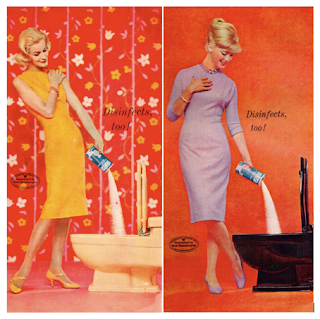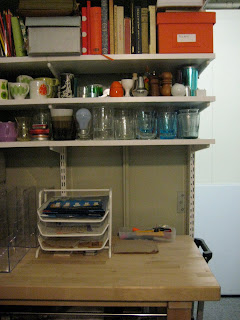




“The Future”, Is this not what a stylist is supposed to tap into?...almost like a “chic metered clairvoyant”, are they not developing a visual language that constantly shifts? When I first started styling, I used to think that was “it”. Seeing “Styling” as almost a spiritual experience might be taking it a bit far, but I have always believed by nature, people that are attracted to Styling as a serious career, often do it, because their sixth senses are tuned that way, predicting trends and putting something in place months, sometimes years ahead that will seem fresh on its final complete arrival is a skill that not everybody has.
I don’t want to sound cynical but my initial interpretation of what Styling was, is not always one that is understood or even sought out when you take on some projects with some commercial clients, sure they expect you to bring a fresh edge, that is expected on some level. However the sometimes “inspiring” or sometimes “uninspiring” challenge can often be how to make something that can be "derivative of the past" look fresh and glowing yet again. How far does the client want something to really look fresh and how often do they want the same thing with an unnoticeable twist? Do you as a stylist decide to simply just churn it out and deliver something with a big pretty bow on it or do you add that "little something" that client may not understand but knows it’s there? “Pushing the envelope” is something that can be appropriate at times, but often it’s not appreciated if it was not asked for, that’s what you have to weigh up every time you take on a new job.
Some could argue that the whole industry has forgotten how to be “future forward” Is it these economic blues that have forced us into wanting “safe” Are Editors and Art Directors, Designers, Stylists and Clients all afraid to take a chance? In some ways you could think so. With the arrival of a better economy, will that inspire new revolutionary ideas like those that seemed to happen in big shifts over certain decades of the past? It is interesting as we evolve how we do look back at era’s and put them into compartments, on a shelf in neat folders labeled “The Fifties”, “The Sixties”, “The Nineties” etc, we seem to look back not forward so often, like revisiting a familiar friend who is not necessarily representing a new phase in our life but could never be gotten rid of, there is too much nostalgia!
And then there is “The Future”, a theme in itself. All through those decades mentioned, we have had an interpretation of “The Future”, In a very tight nutshell, In the Fifties it was flying saucers and men from mars, In the Sixties, It was the Spanish designer Paco Rabanne and his silver disc dresses, Andy Warhol’s silver "Factory", The Seventies was “Star Wars”, In the Eighties, It was “Back to the Future”, In the Nineties, It was the impending new century, the year 2000! Now we are at 2010 before we know it and we still question what is “The Future” particularly in design and our visual language, the phrase “Futuristic” seems often to be one that is stamped onto anything high gloss, pure white and silver, but are we still creating our concept of “Future” by simply “branding” it still or are we finally believing it?
One of the biggest evidence for what I saw in a city changing and moving towards the future is when I take a walk along The Highline in Chelsea in NYC, An almost futuristic park built on the raised discarded train tracks of another era. It’s here you see glimpses of buildings that seem to embrace this theme of “The Future”, but I can’t help thinking, will we look back at them and see them like we see the Sixties cartoon, “The Jetsons” as an amusing interpretation? Part of me hopes not, because to me these buildings are incredibly beautiful and stand like new beacons of hope and pride, but in some ways they still do seem reminiscent of iconic “Futuristic” buildings like Eero Saarinen's terminal for TWA at JFK or French architect Roger Taillibert’s Olympic Stadium in Montreal, A couple of these amazing buildings that have sprung up are HL23, by NMDA Inc, www.nmda-inc.com and of course Frank Ghery’s building for IAC. More evidence can be seen in furniture in recent years, Some examples I love are Richard Hutton’s “Cloud Chair” made of nickel platted polished aluminum and Jean Marie Massaud's daybed from the B&B Italia furniture collection from 2008, both that feel exciting in their silhouettes.
For me as a humble Stylist, I would one day to see society embrace new design and be excited to move into a new era instead of always playing it safe, we need to find those mediums in a commercial world like artists and designers do constantly in their worlds, Otherwise it makes it harder for creative people be the fore runners of a brighter future when we re always just polishing up the past.







































